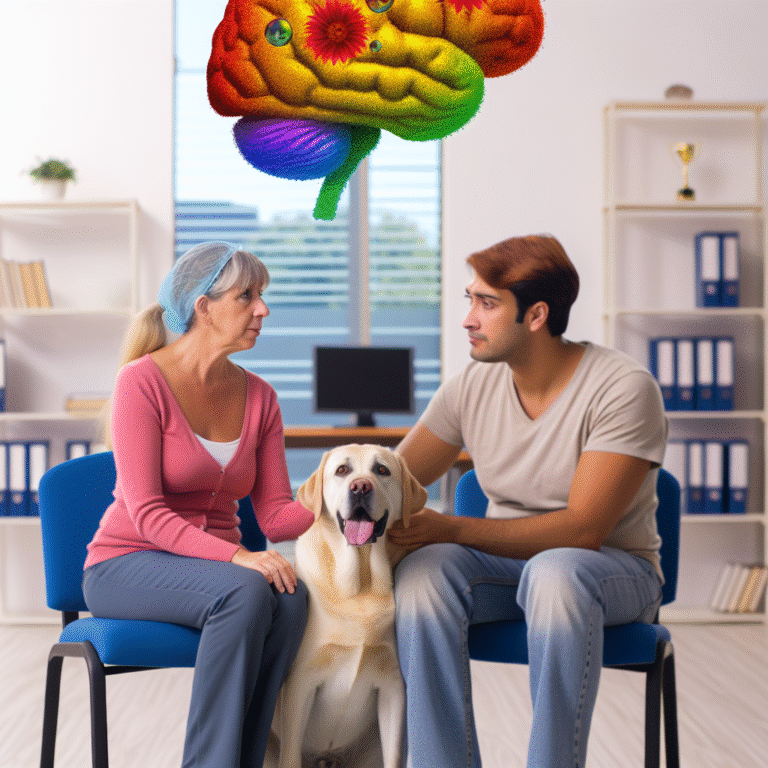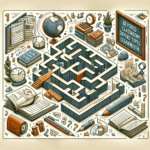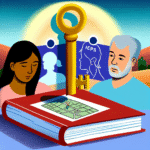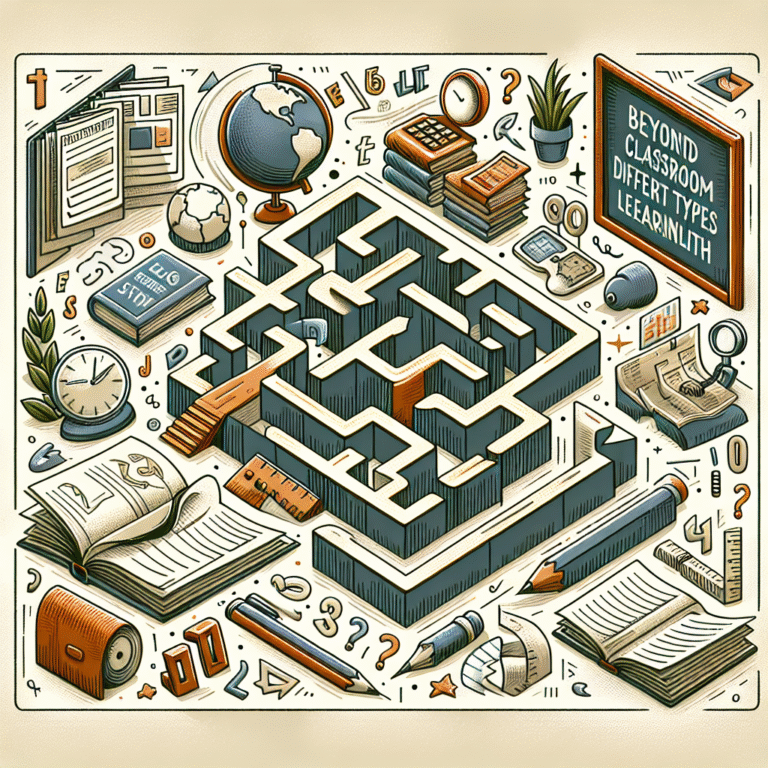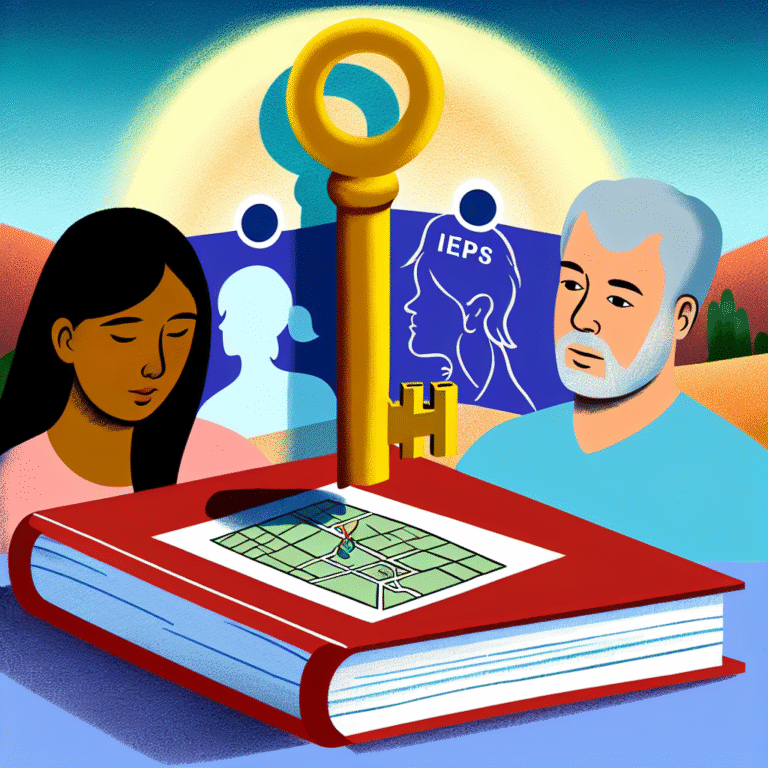
Animal-Assisted Therapy: A Breath of Fresh Air for Mental Health Care
Introduction
In an era where mental health awareness is at an all-time high, innovative therapeutic approaches are emerging to meet the diverse needs of patients. Among these approaches, Animal-Assisted Therapy stands out as a holistic and impactful intervention. Imagine a therapy session where the presence of an animal can lighten the mood and break down barriers—this is what Animal-Assisted Therapy: A Breath of Fresh Air for Mental Health Care represents. It signifies not just an alternative treatment option but a profound shift in how we approach mental health care.
As we delve into the various facets of Animal-Assisted Therapy, you’ll discover not only its benefits and methodologies but also real-world applications that underscore its significance in mental health care. Let’s embark on this journey and explore how the companionship of animals can heal, comfort, and uplift.
The Science Behind Animal-Assisted Therapy
Understanding the Concept
Animal-Assisted Therapy (AAT) involves the use of trained animals to support people with their psychological and physical health needs. This therapy taps into the deep-seated human-animal bond, facilitating emotional expression, reducing anxiety, and fostering social interactions.
The Biological Mechanism
Research indicates that human-animal interactions can lead to biochemical changes in the body. For instance, petting a dog can increase serotonin and dopamine levels—neurotransmitters linked to well-being. This makes Animal-Assisted Therapy: A Breath of Fresh Air for Mental Health Care not just feel-good therapy but a scientifically-backed intervention.
Table 1: Benefits of Animal-Assisted Therapy
| Benefit | Description |
|---|---|
| Anxiety Reduction | Reduces levels of cortisol (stress hormone) |
| Enhanced Mood | Boost in serotonin and dopamine levels |
| Improved Social Skills | Facilitates social interaction and connection |
| Emotional Regulation | Provides non-verbal emotional support |
| Motivation | Encourages engagement in therapeutic exercises |
Case Studies: Real-World Applications
Case Study 1: Veteran Support Programs
A prominent example is the use of AAT in programs supporting veterans coping with PTSD. An initiative called Paws for Purpose pairs veterans with trained therapy dogs. Participants reported a significant decrease in anxiety levels and an increase in comfort during group sessions.
Analysis: This case highlights the therapeutic potential of structured support environments. The presence of a dog served as a catalyst, enabling individuals to open up more freely.
Case Study 2: Work with Children
In pediatric settings, specialists employ AAT to assist children with autism spectrum disorders. Therapy dogs visit clinics, easing anxieties about therapy sessions. Reports indicate improved communication and social skills following AAT sessions.
Analysis: Children often feel less threatened by animals, allowing for a more playful and accessible approach to building crucial communication skills.
Case Study 3: Elderly Care
In nursing homes, the integration of therapy animals into daily activities has been linked to enhanced quality of life for residents suffering from depression and loneliness. Animals like cats and dogs offer companionship and facilitate social interaction amongst residents.
Analysis: This case illustrates how AAT can enrich the lives of the elderly, combating feelings of isolation and fostering a sense of belonging.
The Types of Animals in AAT
Various domesticated animals are utilized in AAT, each bringing unique benefits. Though dogs and cats are the most common, other animals such as rabbits, birds, and horses offer therapeutic advantages as well.
Dogs: The Most Common Companion
Dogs are renowned for their loyalty and ability to detect human emotions. They are often trained specifically for therapeutic interventions, offering unconditional love and support.
Cats: The Calming Presence
Cats provide comfort in a more subdued, calming manner. Their gentle purring can lower stress levels and invoke a sense of peace.
Horses: The Powerful Healers
Equine-assisted therapy involves working with horses, which can help individuals develop better emotional regulation and interpersonal skills due to the animal’s sensitivity to human emotions.
Implementation of AAT in Mental Health Care
Professional Training and Certification
Implementing AAT requires trained professionals. Certification programs ensure therapy animals and their handlers understand behavioral cues, safety protocols, and effective therapeutic techniques.
Collaborating with Mental Health Professionals
Collaboration between mental health professionals and animal handlers maximizes the therapy’s effectiveness. Psychologists or counselors can design programs tailored to individual client needs, integrating Animal-Assisted Therapy seamlessly into existing treatment plans.
Table 2: Steps for Effective AAT Implementation
| Step | Description |
|---|---|
| 1. Creating Partnerships | Team up with certified animal therapy groups |
| 2. Training Staff | Ensure all personnel understand animal behavior |
| 3. Setting Goals | Define therapy objectives for individual clients |
| 4. Monitoring Outcomes | Regularly assess effectiveness and make adjustments |
Challenges and Considerations
While Animal-Assisted Therapy: A Breath of Fresh Air for Mental Health Care offers significant benefits, it’s not without challenges.
Safety and Allergies
Ensuring safety is paramount. Patients with allergies or fear of animals must be considered. Protocols should be in place to accommodate individuals with such concerns.
Behavioral Issues
Not all animals are suited for therapeutic environments. Proper assessment and training are crucial to avoid negative experiences.
Resource Allocation
Implementing AAT requires funding for the training of personnel and upkeep of animals. Mental health facilities must weigh these costs against potential benefits.
Future Directions in AAT Research
The future of AAT is promising, with ongoing research into its applications. Investigations into its efficacy for various mental health disorders, age groups, and cultural contexts continue to expand.
Innovations in Technology
With advancements in technology, virtual therapy involving animals in mixed-reality environments is emerging. Such innovations may provide access to those unable to interact with real animals due to various limitations.
Conclusion
Incorporating Animal-Assisted Therapy: A Breath of Fresh Air for Mental Health Care into therapeutic practices invigorates the approach to mental wellness. Stories of transformation illustrate the profound impact animals have on human lives, fostering connections that transcend traditional therapeutic boundaries.
As we move forward, integrating AAT into mainstream mental health care offers promising pathways for emotional healing. Encouraging the profession to embrace this approach may be a step toward creating a more compassionate and effective mental health system. If you or someone you know could benefit from this kind of therapy, consider exploring options in your area—it could be the fresh breath of air needed for your mental well-being.
FAQs
1. What types of animals are used in Animal-Assisted Therapy?
Commonly used animals include dogs, cats, rabbits, and sometimes horses. Each serves specific therapeutic roles tailored to individual needs.
2. How effective is Animal-Assisted Therapy compared to traditional therapies?
While AAT can be a valuable complementary therapy, research indicates it often increases engagement and reduces anxiety, enhancing the effectiveness of traditional therapeutic practices.
3. Is Animal-Assisted Therapy safe for everyone?
Safety considerations are crucial. Individuals with allergies or fears must be screened, and protocols established to ensure a comfortable environment for all participants.
4. How do I find a certified Animal-Assisted Therapy program?
Local mental health centers or professional organizations frequently offer directories of certified AAT programs and practitioners.
5. Can Animal-Assisted Therapy help with specific disorders like PTSD or depression?
Yes, numerous studies reflect positive outcomes for AAT in treating PTSD, anxiety, depression, and other mental health issues, fostering hope and improvement for many individuals.
By exploring this comprehensive overview, readers should now grasp how Animal-Assisted Therapy: A Breath of Fresh Air for Mental Health Care serves not just as an alternative but as a revolutionary approach to enhancing mental well-being.






